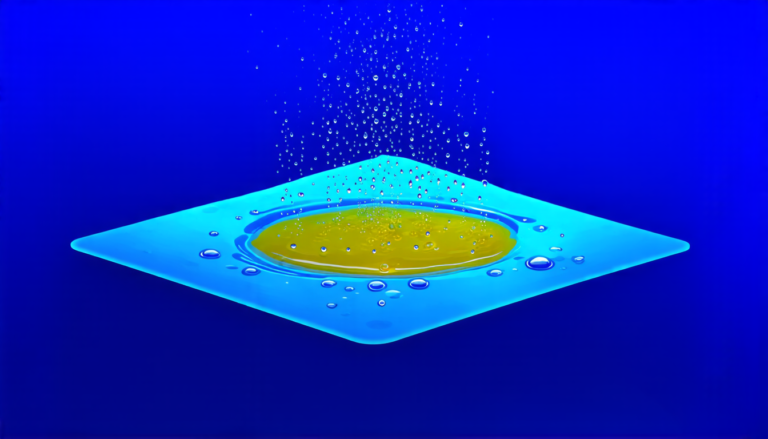Sunday 02 February 2025
The quest for a better understanding of quantum field theories at finite temperatures has led researchers down a complex path, filled with perturbative approximations and non-perturbative constraints. A recent study published in a prominent physics journal sheds light on this intricate dance, highlighting the inconsistencies that arise when attempting to describe thermal systems using traditional perturbation theory.
At its core, quantum field theory is a framework for understanding the behavior of particles at very small distances or high energies. When applied to finite temperatures, however, the theory becomes increasingly complicated, as the thermal environment introduces new degrees of freedom and interactions that can’t be easily accounted for within the standard perturbative approach.
In this study, researchers examined the lattice scalar correlation functions in massive ϕ4 theory, a simplified model of quantum field theories. By comparing the predictions of perturbation theory with results from lattice simulations, they found that the former broke down at finite temperatures, leading to incorrect predictions and inconsistent behavior.
The root cause of these issues lies in the way perturbative theory treats temperature. When T > 0, certain diagrams become sensitive to infrared dynamics, which can’t be captured by traditional methods. This leads to a breakdown of the perturbation series, rendering it useless for making accurate predictions.
To address this problem, researchers turned to non-perturbative frameworks that account for the thermal environment in a more comprehensive manner. One such approach is based on the spectral representation of thermal correlation functions, which provides a powerful tool for understanding the properties of particles at finite temperatures.
The study found evidence that the lattice data is consistent with the presence of particle-like excitations, known as thermoparticles, which are distinct from those found in vacuum theories. These excitations could provide the basis for a consistent perturbative expansion, offering a new avenue for understanding thermal quantum field theories.
The implications of this research are far-reaching, as it has significant consequences for our ability to model complex systems at finite temperatures. By acknowledging the limitations of traditional perturbation theory and exploring alternative approaches, researchers can develop more accurate and reliable methods for describing these important phenomena.
In the end, this study highlights the importance of understanding non-perturbative effects in thermal quantum field theories, which will be crucial for advancing our knowledge of these complex systems and their behavior at finite temperatures.
Cite this article: “Thermal Quantum Field Theories: Beyond Perturbation Theory”, The Science Archive, 2025.
Quantum Field Theory, Finite Temperatures, Perturbation Theory, Lattice Simulations, Thermal Correlation Functions, Spectral Representation, Thermoparticles, Particle Excitations, Non-Perturbative Effects, Quantum Systems.






